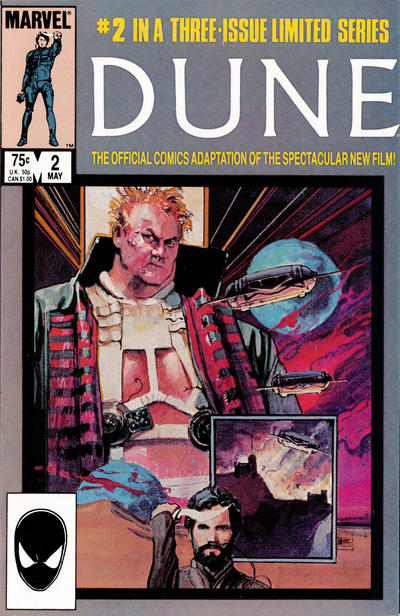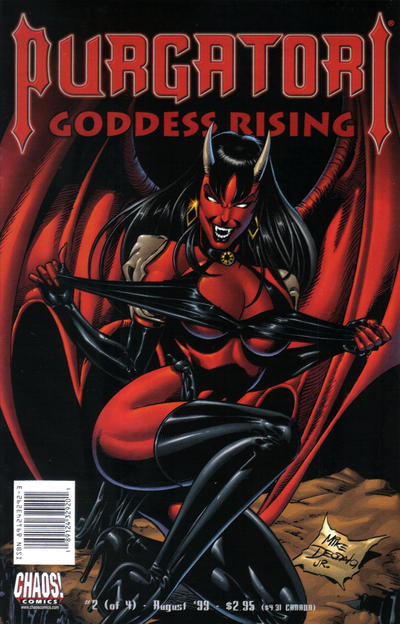Hoo boy, comments beget comments beget comments, and I told myself I was going to restrict CEREEBUSTALK to just this week, so I’ll try to cover a lot here in short order.
From Monday’s post, here’s JohnJ with
“…Even got a photo I took at a Capital City Distributors show published by Dave as a back cover. It was a shot of Dave, Colleen Doran, James Owen and Martin Wagner all mugging for my camera.”
Oh, do you mean…this photo, from the back cover to Cerebus #174 (1993)?
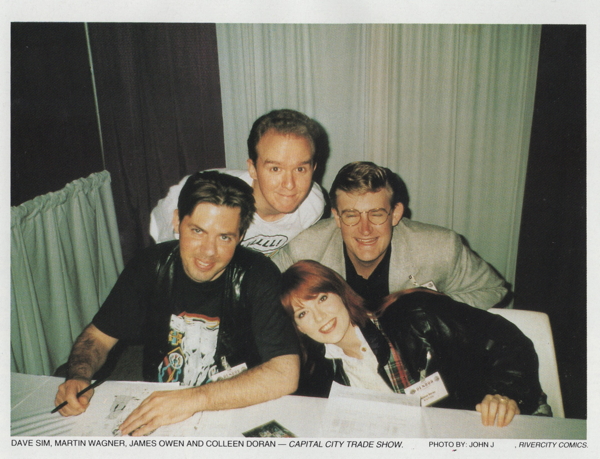
(I whited out your last name, in case that was a state secret or something.) Huh, it’s a weird the longer I’m online, the more people tangentially related to the comics I’ve read have found me online. Neat!
JohnJ also say (not a typo, was trying to rhyme)
“…It did seem like he dug a hole by promising 300 issues and having to stretch his story to get there. I found the small type impossible to read so kind of flagged on it as it neared the end.”
I’ll address the second part first, in that the overreliance on text pieces to carry the story in the latter part of the series was…unfortunate. In the “Jaka’s Story” and “Melmoth” sections it worked surprisingly well…usually throwing a giant text piece in the middle of your funnybook generally functioned as a big ol’ speedbump, and a bad habit of a number of 1970s comickers. (I will however give Steve Gerber a pass on this.)
But then we started getting into “Reads” and the text pieces there, which were at least readable, but contentwise a bit…well, we’ll say “alarming.” And then those issues that were almost all text with the pseudo-religious screeds that few if any tried to plow through, what amounted to wasted pages that could have gone to story but instead just supplied pages that could be stapled together to make a full-sized comic.
That sounds awfully harsh, and to reiterate: Dave’s comic, he could do what he wanted with it. But this was a ride that I, and many others, just couldn’t go on. It was literally a period of looking at the two or three pages of comics in each issue and skipping the text pieces and just filing the book away in my Cerebus box. Maybe someone will drop by here to yell at me for missing “the important stuff,” and I do mean someday to try to tackle it again, but…well, What Can You Do™?”
In looking something up, I came across the entry for “Lord Julius” (the Groucho Marx-inspired character) in a Cerebus Wiki, which included what Dave had to say about an unused story idea late in the series:
“[I] wanted to do Groucho as an old man somewhere in the course of Latter Days and just not having room for it. I was going to make Palnu this last lonely outpost completely surrounded by Cirinists and the place was just one big rotgut distillery with Lord Julius and Baskin running everything pretty much by themselves….”
If I may, perhaps a couple dozen or so fewer text pages could have made room for one more appearance by one of Dave’s more delightful characters. I mean, it’s not like the actual Groucho’s later years weren’t rife with the need for some kind of commentary. There’s even a lady who latched onto old Groucho in her own attempt to achieve fame, and if that doesn’t sound like something right up Dave’s alley, I don’t know what does.
Anyway, I’ll save that for my Cerebus fan fiction.
• • •
Thom H.
hollers
“Sim did a lot of good work around creators’ rights back in the day. And 300 self-published issues is a huge accomplishment. It’s a shame all that gets overshadowed by his sad Light and Void ramblings.”
Just wanted to say, yes, Dave was (and still is, presumably) a primary supporter of self-publishing. Making it all the way to 300, in whatever form it took, was astounding, and I’m sure he had to do it with naysayers all around him telling him there was no way he was going to succeed.
“I’m sure the phone books still make him some money, but not as much as they would have if he had reined in his worst impulses and stuck the landing.”
I do wonder how well they are selling. I imagine well enough, since they’re still being carried by Diamond, he’s still printing new editions, and I even still sell a volume here and there. Despite how we may feel about how the book went in the end, it’s still a major work in the comics field, and gets attention simply just for that.
• • •
John
sez
“…The last few years of the run we had dropped from about 30 people getting it, to just two (and we were only ordering one extra for the rack -that never sold, and then just went to back issue).”
That has me trying to remember how it was selling for us as Cerebus hit that magic 300. I think we still had a few diehards hangin’ on ’til the very end, including yours truly. My hunch is that sales dropped over time, but ordered a few extra for the last issue because that was a fairly momentous occasion. I don’t remember if we actually did sell more of #300 or not. I was even blogging at the time and didn’t make a mention of how it was selling. Ah well, maybe next time. (“What?”)
“I’m always eager to pick up other Dave Sim work just to look at what he’s working on. The Alex Raymond book is Fantastic.”
I’m glad to hear that. I was enjoying the strip cartoonists stuff in glamourpuss, and even told Dave during that phone call I was really looking forward to it. Alas, it’s another victim of my eye troubles as it’s in the backlog of goodies I need to read.
• • •
Mike Loughlin
remembers pal-of-the-site Tegan O’Neil’s writings on
Cerebus, and Rob S.
comes through with
the link. And as Rob notes, Tom Ewing already linked to Tegan’s writings in his
own series of posts, but I like Tegan and want to link her too.
• • •
Onto
Wednesday’s post, here’s old, old friend (as in I’ve known him a long time, not that he’s decrepit) tomthedog
with
“I was seriously going to try to finish Cerebus, or at least get through Jaka’s Story, because of Tom’s blog posts, but then I read Tangent again.
“Tangent, dude. Tangent.
“Cerebus deserves to die alone, unmourned and unloved.”
Yeah, that link is a gathering on Dave’s writings re: feminism. SPOILER: he don’t like it, not at all, nuh uh. Also, it’s very, very long, and uses the phrase “feminist-homosexualist axis,” so, uh, you’re warned, I guess.
• • •
philfromgermany has something germane to
say
“There were a couple of specials but I cannot provide reprint status: A-V in 3D (with Neil the Horse), Cerebus Zero and Cerebus Jam. You need not skip these to evade the awful stuff.”
This gives me an excuse to add another break to this massive wall of text with that great Cerebus Jam cover by Bill Sienkiewicz:
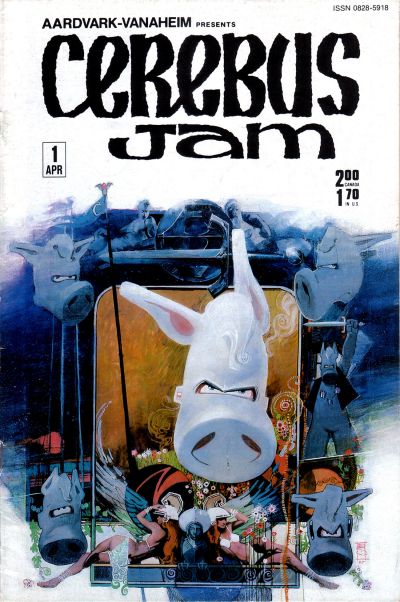
Cerebus Jam (which I’ve talked about before) is a collection of short Cerebus stories by Sim with other artists, like Will Eisner, Terry Austin, and Murphy Anderson. Fun stuff, don’t think any of it has been reprinted.
A-V in 3-D is a sampler book of various titles being published by Dave’s company Aardvark-Vanaheim at the time, all in glorious three dimensions. According to the Comics Database link, it’s almost all been reprinted elsewhere except the Cerebus story. (Note to Tom W – there’s your answer!)
Cerebus Zero is a one-shot reprinting those issues of Cerebus that, I said last time, were not included in the “phone book” reprints for dumb reasons. Honestly, they should totally be in there, c’mon son.
Also of note is Cerebus World Tour Book 1995, reprinting the short stories produced specifically for the early pre-phone book Swords of Cerebus reprint volumes. Most stories feature Dave collaborating with other creators, like Gene Day or Joe Rubinstein. A six pager entirely by Barry Windsor-Smith is also included, as is a run of strips from the Comic Buyers’ Guide with the in-universe parody of Prince Valiant.
• • •
And speaking of Tom W, he
talks about his experience with
Cerebus and admires Dave’s mastery of the comics form. I mean, yes, absolutely, there’s no denying he was a master of pacing, caricature, dialog, and especially lettering. Just some of the purpose it was put to was a tad troubling near the end there.
“And the excellent three-pager in Alan Moore’s AARGH!, a publication raising funds to combat Britain’s homophobic Section 28 law which it now seems deeply surreal Sim contributed to. Spoiler: the Sacred Secret Wars Roach has urges.”
Oooh yeah. If you can find this book, it’s great. The Alan Moore/Steve Bissette/Rick Veitch “Mirror of Love” is astounding, but Dave’s contribution delivers a pretty solid, if dirty, laugh.
• • •
Daniel T squares off
with
“Sim’s views have never put me off Cerebus for one big reason: his ideas have absolutely no effect on anything, except maybe some of his most ardent admirers. […] He is basically screaming into the, er, void.”
That’s likely true…there may be some of The Usual Suspects on Xwitter still who are all “right on, man” assuming these comic fans actually read any of his comics (or any comics, honestly). But even given his the effective reach of his opinions are nil, they still impact the work itself, which is the real problem. What could have been a masterpiece is…well, I spent two posts already talking about this, you know what I’m going on about.
Whoops, and Daniel also mentions Dave’s wonderful lettering. I wasn’t copying Daniel, I swear!
“…High Society and Church and State show him to be an intelligent, thoughtful writer with a firm grasp of ideas and history.”
Yes, exactly…there are so many good ideas in the comic that when the bad ideas show up, it’s a real showstopper.
• • •
Jim Kosmicki
notes
“I know that I’m not the first person to point this out, but Sim really created biggest problems by proclaiming it a 300 issue story early on and then not being able to admit ‘I was young and brash’ to stop when the story really needed to stop. Pushing to fill those last 100 or so issues seems to have ‘forced’ him to let any ideas get on the page.”
to which Daniel T replies
“It is of course entirely possible he had no plan for all 300 issues, but I always thought whatever he might have wanted to do with the character over the last 100-150 issues became less important to him than getting his ideas about things in front of people.”
I don’t know for sure just how far ahead, and to what detail, Dave planned out the Cerebus storylines. But I do have at least one piece of evidence in favor of him having done so, at least to some extent.
Swords of Cerebus, published in 1984, reprints among other issues Cerebus #22 from 1980. In this issue Elrod (Dave’s parody of Michael Moorcock’s character Elric) is killed, but finds he becomes a ghostly spirit who can possess the living (in a parody of DC Comics’ Deadman). Swords of Cerebus includes text introductions to each issue, and for the reprint of #22 Dave says “we’ll find out why Elrod was able to do this around issue #175.” (Or thereabouts, I don’t have the book in front of me right now.)
In 1984, when this volume of Swords of Cerebus was published, Cerebus was around issue 55 or so. In issue #180, published in 1994, we do indeed find out what Elrod’s deal was.
So I think Dave had at least some plan in place…at least with large swaths of the story (“okay, Jaka and Cerebus will journey back to Cerebus’ home town at this point of the series”) while leaving enough room to maneuver for new ideas and plotlines, such as they were.
• • •
Joe Gualtieri
recommends
“…you should absolutely read the Last Day.”
I mean, yeah, probably. If you’re going to go at least partly into Cerebus, knowing how it’s supposed to end with #300, you should probably see how it all wraps up. There are some…sour notes even here, given it is late in the series, but the very final scene is pretty wild.
• • •
Smichael
swonders
“I am very curious about what the letters pages were like throughout the series…but particularly the last third. Can you share a bit about what reader response was, as seen through the lens of what Sim allowed into this space?”
Hoo boy, that may be more than I’m able to tackle at the moment. I seem to remember Dave doing away with the letter column entirely at some point, replacing them with more text pieces. A sample issue from the “Latter Days” period I popped open to check had almost half the book dedicated to a piece titled “Islam, My Islam,” and oh dear.
The letters column was a wild ride, particularly during the “High Society” and “Church and State” days, but a more detailed description may have to wait until I can take a more thorough overview of the issues. Suffice to say, when the letters column existed, it was never boring!
“…Is it reasonable to see parallels between the last third of the Cerebus run, and the last third or so of Steve Ditko’s published work? It seems like they are both characterized by a domination of ideology over storytelling, and become more and more challenging, dense, alienating, choose-your-term-I’m-trying-to-be-nice…to the reader. Likewise, regardless of public opinion they both remain absolutely unique creations, doing things creatively that no one else could (or would choose to) do, and immediately recognizable as that creator’s work. That lack of regard for public opinion and attitude of ‘this is what I’ve got, take it or leave it’ seems have driven both men’s output.”
I think that’s not a terrible comparison, leaving out the actual content of their positions. Both had the fortunate-for-them apparent freedom to do what they wanted, marketplace be damned. As I’ve repeated over and over again, Dave had the right do whatever he liked with his comic. He can look at everything everyone said here in criticism of Cerebus, and he can say “you guys are all dummies, you just don’t get it,” and he’d completely be in his rights to do so. Dave created something that is uniquely his, representing his ideas as he wanted them expressed, and completed the project with issue #300 as he’d planned.
It may not be the work we ultimately wanted, and some of the ideas we may find repellent. We may mourn the loss of what could have been unambiguously a classic. But there it is, all Dave’s, for us to examine, to interrogate, to debate, or simply to ignore. It’s that last option which is the real shame, but unfortunately work itself tries very hard to encourage that response.
• • •
Okay, that’s the end of
Cerebus posts for a while. I didn’t address
everyone’s comments, but you all had some good ones, and thank you for them. If you want to still discuss, the comments remain open, but my actual posts are moving on to other topics. Thanks again for your participation, and making me ponder this aardvark once again.
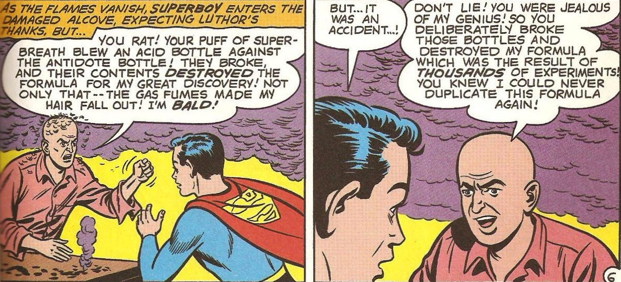
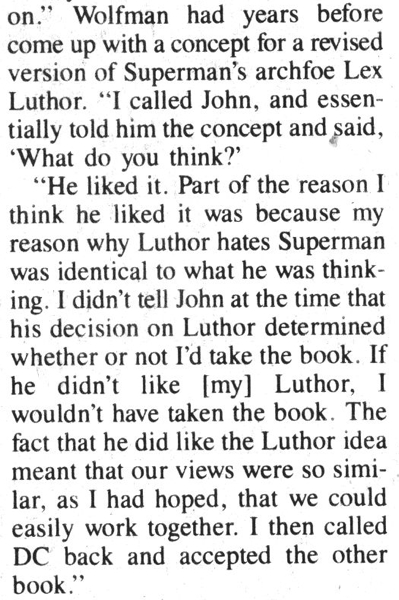
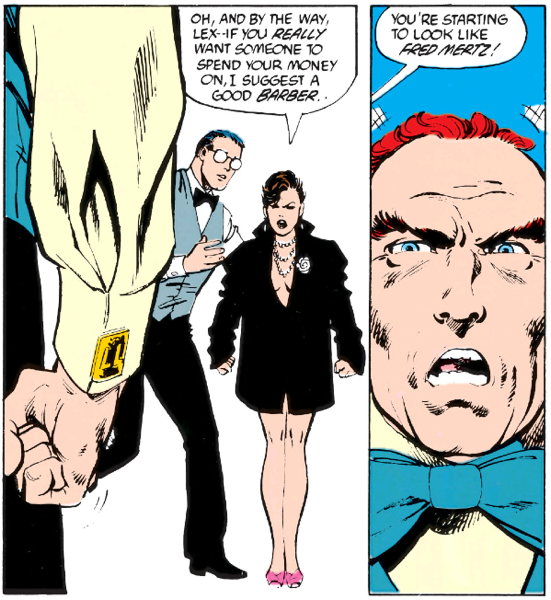
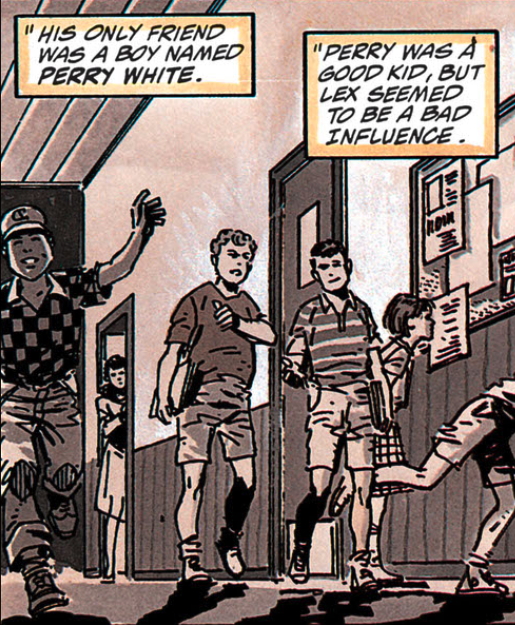
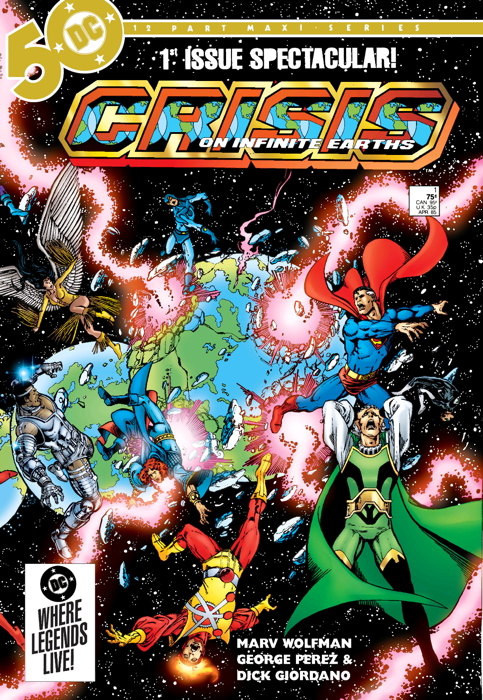
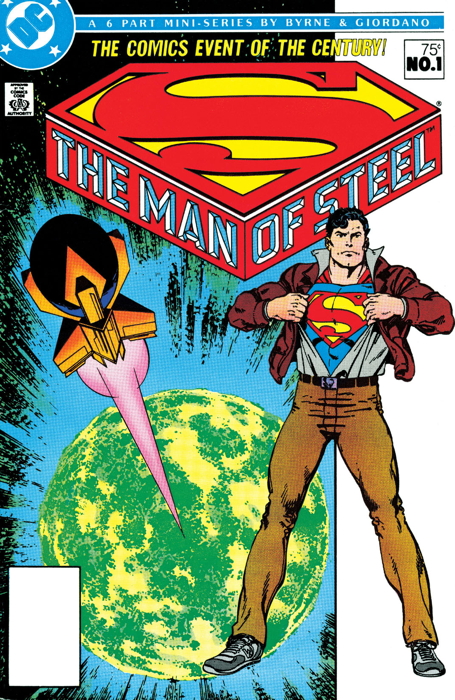
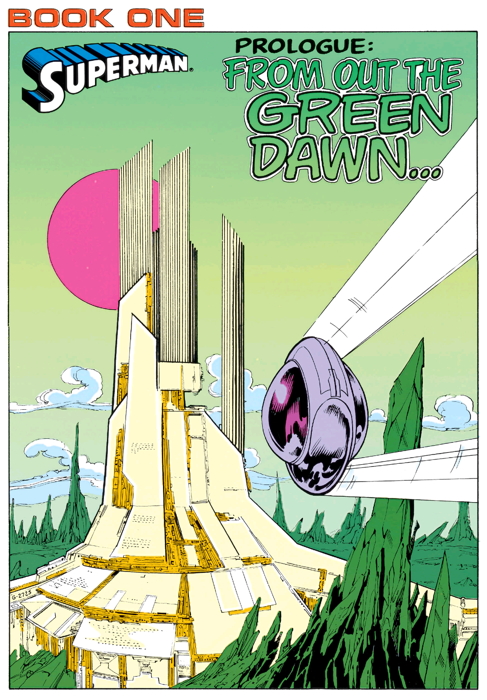
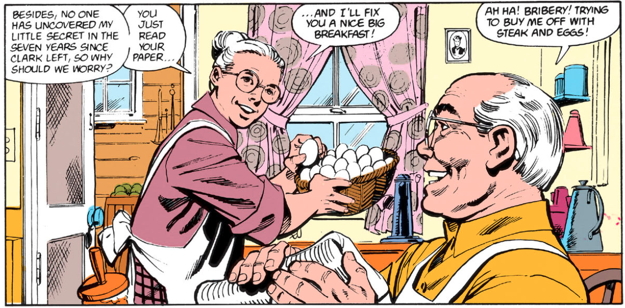
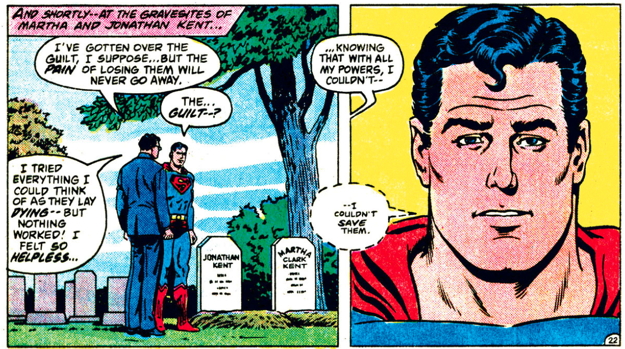


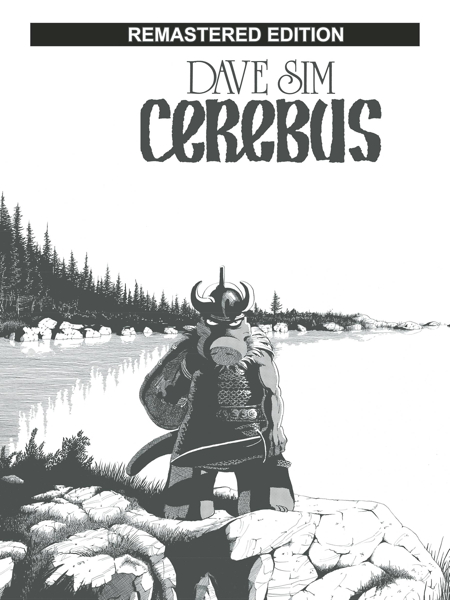
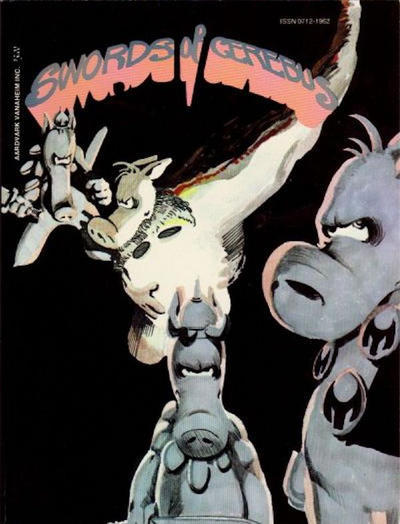
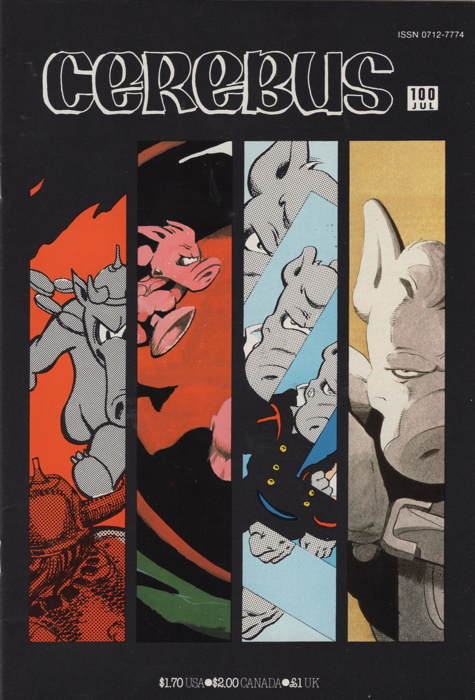

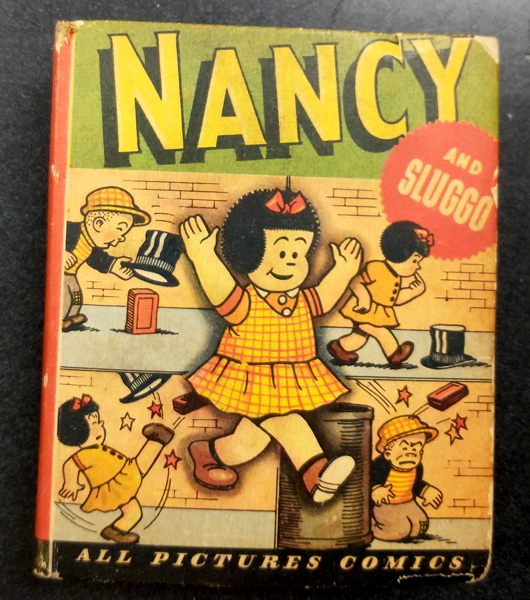
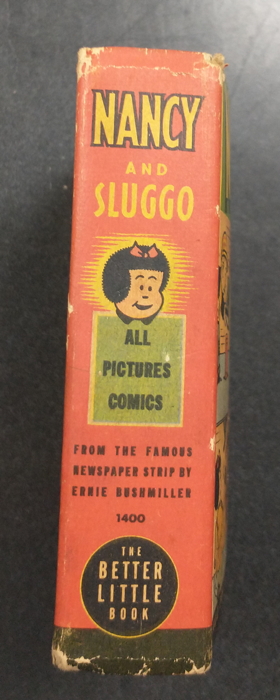
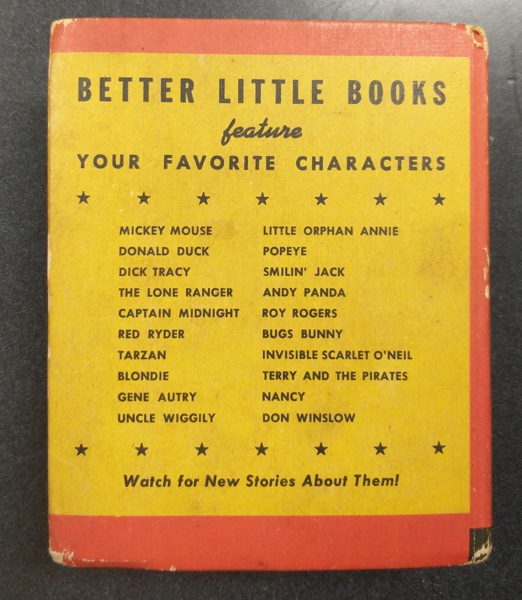
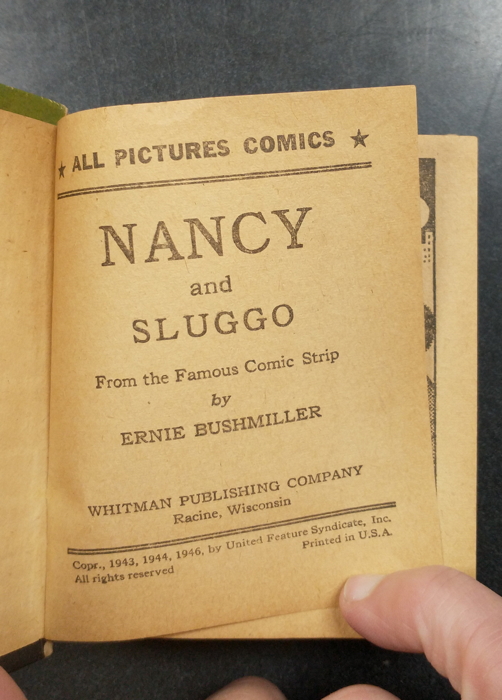
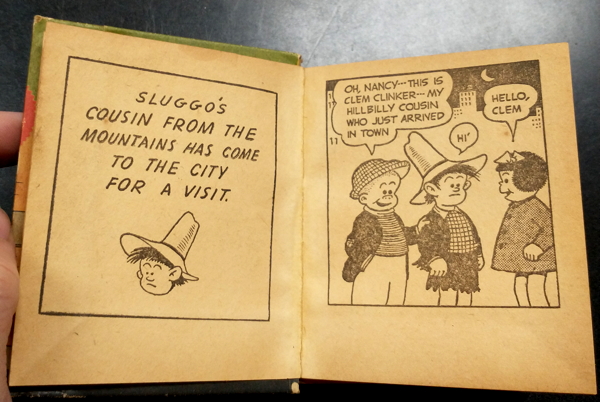
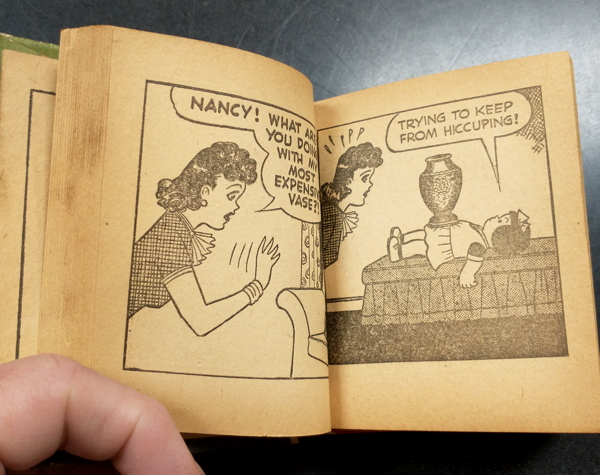
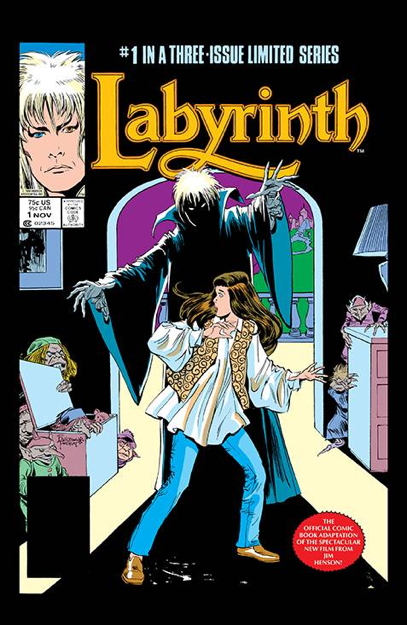
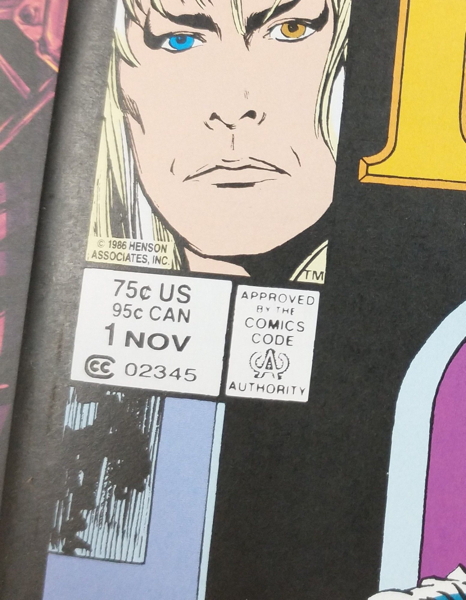
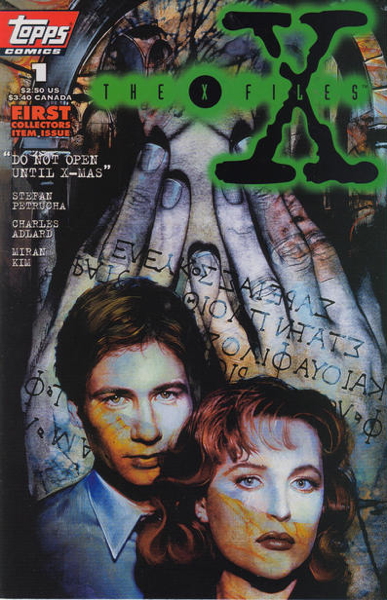
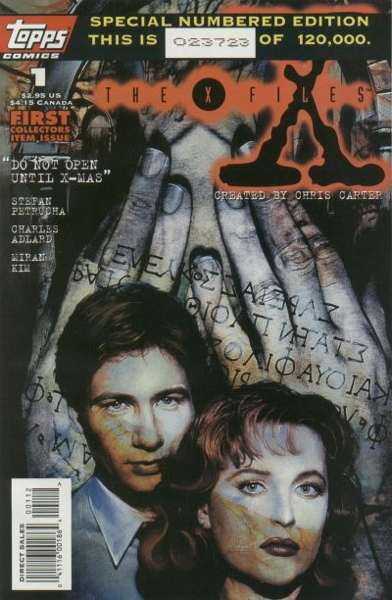

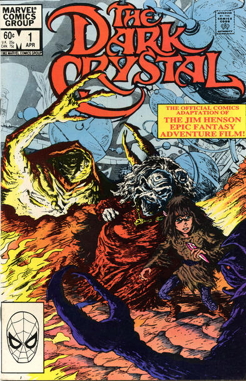 Cassandra Miller mentions the adaptations for Dark Crystal and Raiders of the Lost Ark, of which I’d only ever read the former. I remember being very impressed by the detailed art in that comic, though I can’t remember who did it at the moment. Hang on a sec.
Cassandra Miller mentions the adaptations for Dark Crystal and Raiders of the Lost Ark, of which I’d only ever read the former. I remember being very impressed by the detailed art in that comic, though I can’t remember who did it at the moment. Hang on a sec.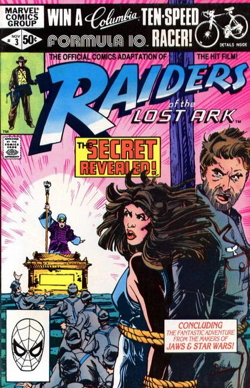 As for Raiders…I don’t know, I just never bothered with the comic book versions. I came to the movie slightly later, seeing it in a military base theater some time after its regular release, so I may have missed the initial heyday of the comic book adaptations. And I didn’t even do much more than glance at Marvel’s later Further Adventures of Indiana Jones, the first couple of issues featuring some lesser John Byrne work.
As for Raiders…I don’t know, I just never bothered with the comic book versions. I came to the movie slightly later, seeing it in a military base theater some time after its regular release, so I may have missed the initial heyday of the comic book adaptations. And I didn’t even do much more than glance at Marvel’s later Further Adventures of Indiana Jones, the first couple of issues featuring some lesser John Byrne work. 